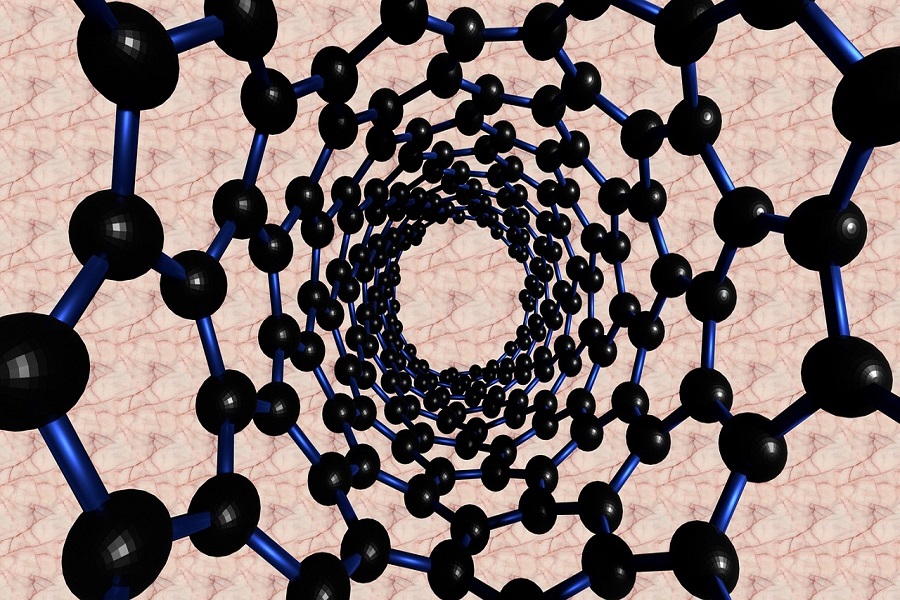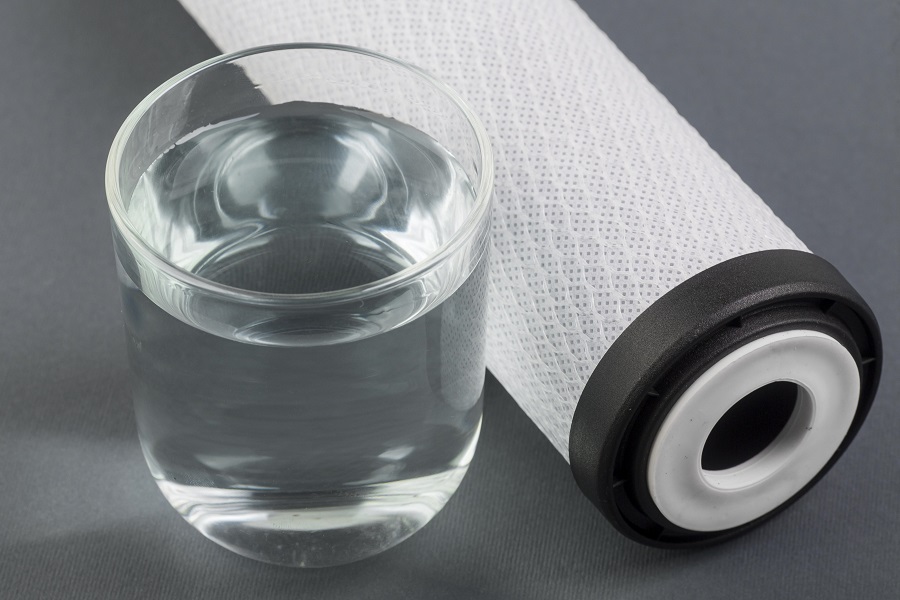Activated carbon has the ability to adsorb on its surface:
- Micromolecular organic substances
- Coloring substances (derived from the decay of organic substances)
- All kinds of odors (coming from gases or the decomposition of organic substances) Gases
- To a certain extent, heavy and toxic (for our body) metals such as copper, zinc, lead, mercury (which come from industrial pollution or from old piping of water supply networks) etc.
- Effectively removes very active chlorine from the water. Activated carbon filters contribute significantly to water purification technology.
They are used in three ways:
- As autonomous water purification units mainly in city networks to remove pigments, odors and mainly residual chlorine which has various adverse effects on our body.
- As pre-filters in other purification systems, such as reverse osmosis
- As final filters after the main cleaning to remove residual disinfectant odors, etc.
– amounts of metals (copper, lead, zinc, etc.) found in water pipes,
– 100% of the amounts of chlorine present in the water of the city network








